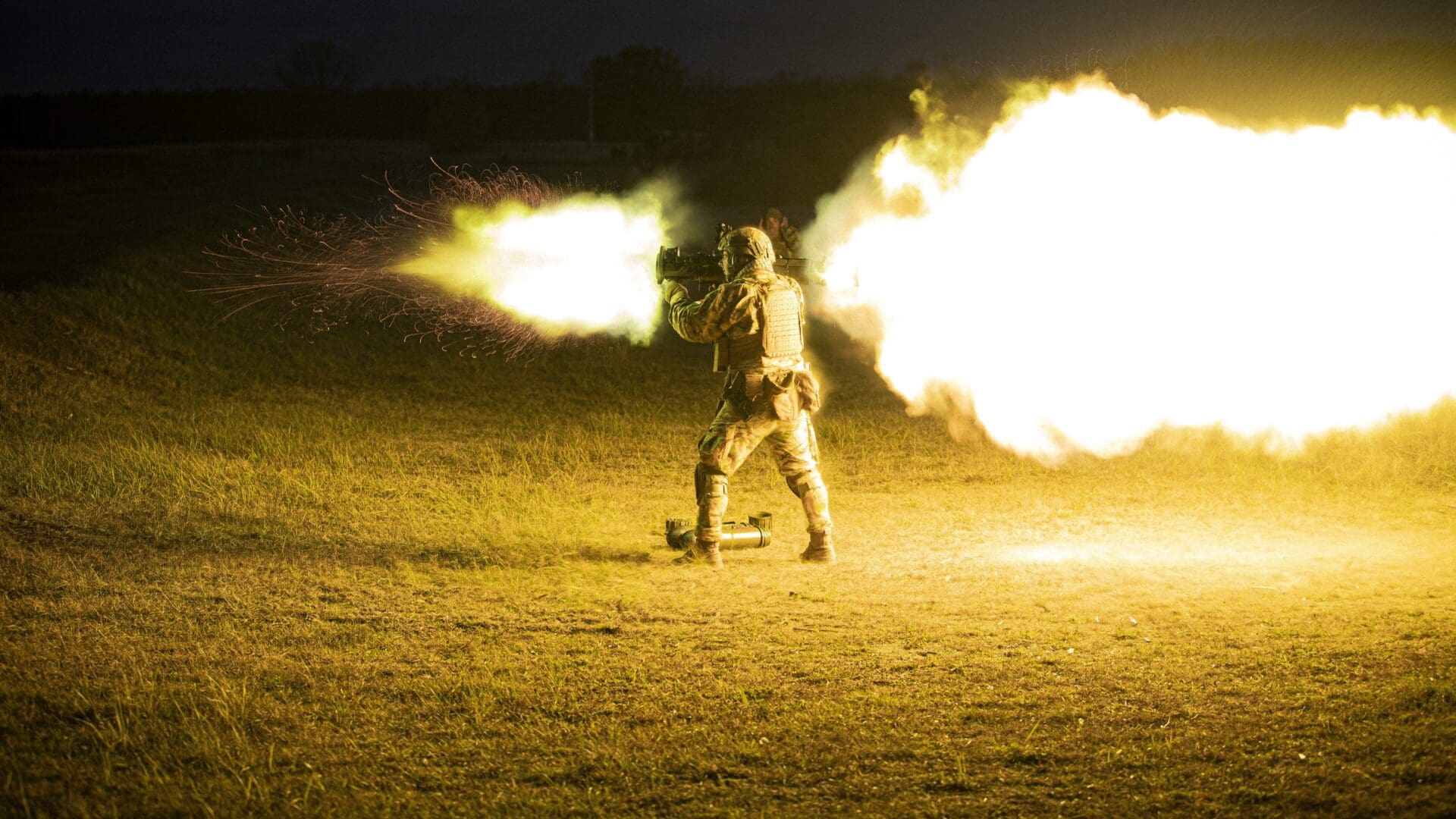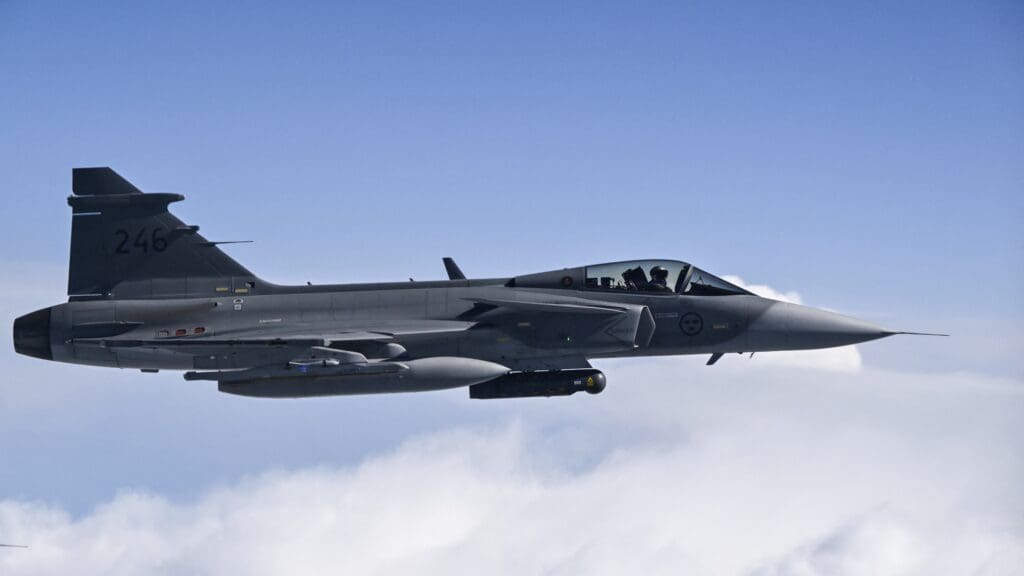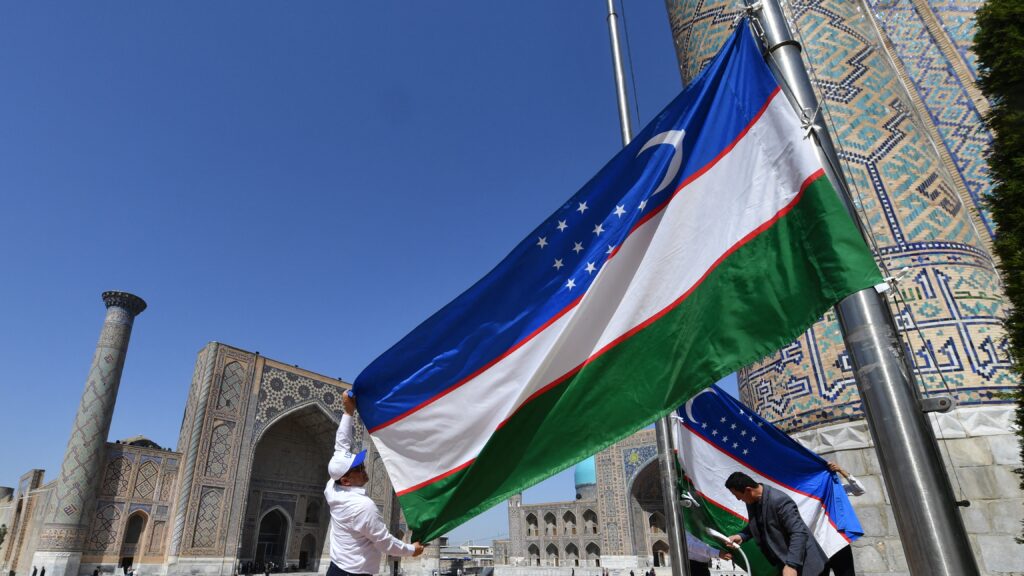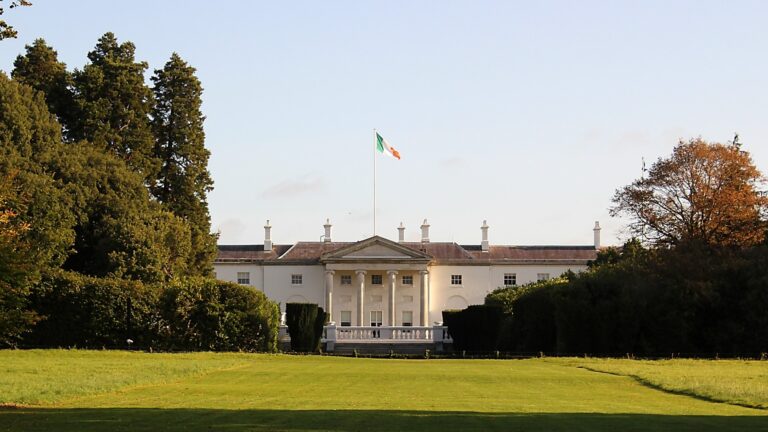In response to the security challenges facing Europe, Charles Michel, President of the European Council, has proposed the establishment of a common European Ministry of Defence. The idea of a unified European defence has been on the minds of European policymakers from the outset, with Viktor Orbán advocating for it since as early as 2016. A defence entity that prioritizes the sovereignty of the Member States could pave the way for a unified European defence force in the future.
‘We must enhance Europe’s defence capabilities’, emphasized Charles Michel at the annual conference of the European Defence Agency (EDA) in Brussels. The President of the European Council then addressed the imperative to bolster funding for the defence industry, enhance the efficiency of defence spending, and coordinate joint defence procurement. ‘The EDA should become a powerful European defence department, run by the High Representative under the core guidance of the European Council. It would be a driving force to bundle military expertise and instruments, and we need to provide you with the resources that will be needed to coordinate and lead on joint procurement and its financing, in close connection with the member states’, Michel outlined his proposals.
A robust, unified, and coordinated European defence, accompanied by a formidable, shared, and coordinated European army—these ideas are not new, yet they are undeniably crucial now. The concept of a unified European defence policy was initially proposed in the years following the establishment of the European Coal and Steel Community, the precursor to the European Union. The plan was crafted by former French Prime Minister René Pleven, but, somewhat ironically, it was thwarted by opposition by France.
The idea of the need for a common defence policy was reintroduced into the European public discourse by Viktor Orbán.
In his speech in Tusnádfürdő in 2016, the Hungarian Prime Minister stated that Europe ‘cannot remain defenceless in terms of military policy,’ adding: ‘We must, therefore, create a European army that would be a genuine common force, with authentic shared regiments, a common command language, and a unified structure.’
This was followed by Emmanuel Macron’s notable statement in 2019 when he referred to NATO as ’brain dead’ in an interview with The Economist. Since then, the French president has frequently used the phrase ‘European strategic autonomy’, which he believes should be extended to cover everything from defence to the economy. In response to the chaotic US and NATO withdrawal from Afghanistan, Ursula von der Leyen has also called for a common European defence and a shared European army.
Then Russia attacked Ukraine, completely disrupting the political and security situation in Europe. The armed conflict in the EU’s immediate neighbourhood made it evident that European defence and the armies of the Member States needed reinforcement. At the same time, military support for Ukraine was initiated. These two factors have had a positive impact on the European defence industry but have also revealed its weaknesses.
As the countries supporting Kyiv with weapons shipments have delivered to the country at war the parts of their stockpiles scheduled for replacement, nearly all domestic political obstacles to the modernization of the armed forces have been eliminated. This is particularly applicable to the countries of Central and Eastern Europe, which have now phased out Soviet technology and are substituting it with NATO-compatible systems. This has effectively given a boost to the European defence industry, with potential sales estimated at around $21.7 billion, according to a January report. European defence spending in 2022 has increased by six per cent compared to the previous year, with Sweden recording the most significant rise, approximately 30 per cent.
However, when examining the countries from which Europe aims to replenish its stocks, it becomes apparent that European companies, with a few exceptions, are falling behind their counterparts in the US, South Korea, and other regions. This is partly attributed to the continent’s defence industry facing capacity challenges, making it unable to cope with the sudden surge in demand. This is exemplified by the delayed fulfilment of the promise to supply Ukraine with one million 155 mm artillery rounds. As David Betz, professor at King’s College London, highlighted in an interview with Magyar Nemzet, the Western defence industry grapples with a fundamental conceptual problem: there is currently a need and demand for mass production of various systems, but the industry is oriented towards the opposite—producing small quantities of expensive equipment.
Of course, the establishment of a common European defence ministry would not immediately resolve all problems. As no concrete details are currently available about the idea, significant conclusions cannot be drawn. What is certain, however, is that joint procurement, coordinated development, and production could significantly enhance the competitiveness and capacity of the European defence industry, and a robust defence industry stands as the most crucial pillar of the continent’s security.
While a common defence ministry could lay the groundwork for the eventual formation of a joint EU defence force,
this wouldn’t imply, of course, the complete exclusion of NATO from Europe’s security architecture,
but rather a collaborative effort. A common European military, working alongside NATO, has the potential to contribute much more to transatlantic security than individual Member States could. The concept of a shared European defence marks a significant stride toward achieving the strategic autonomy that should be the European Union’s foremost priority in today’s changing world order.
It is crucial to consider the flip side of the coin, however. The defence of a nation constitutes one of the most vital and foundational aspects of its sovereignty—something no state is readily willing to relinquish. Initiatives of this nature always carry the risk of consolidating excessive power within a centralized entity, which, instead of prioritizing the interests of Member States, may accentuate certain globalist goals and interests. Hence, it is of paramount importance that a joint European Ministry of Defence should only implement decisions made with unanimous agreement among the heads of state or government, with the European Council assuming a supervisory and coordinating role in the activities of the new entity.








